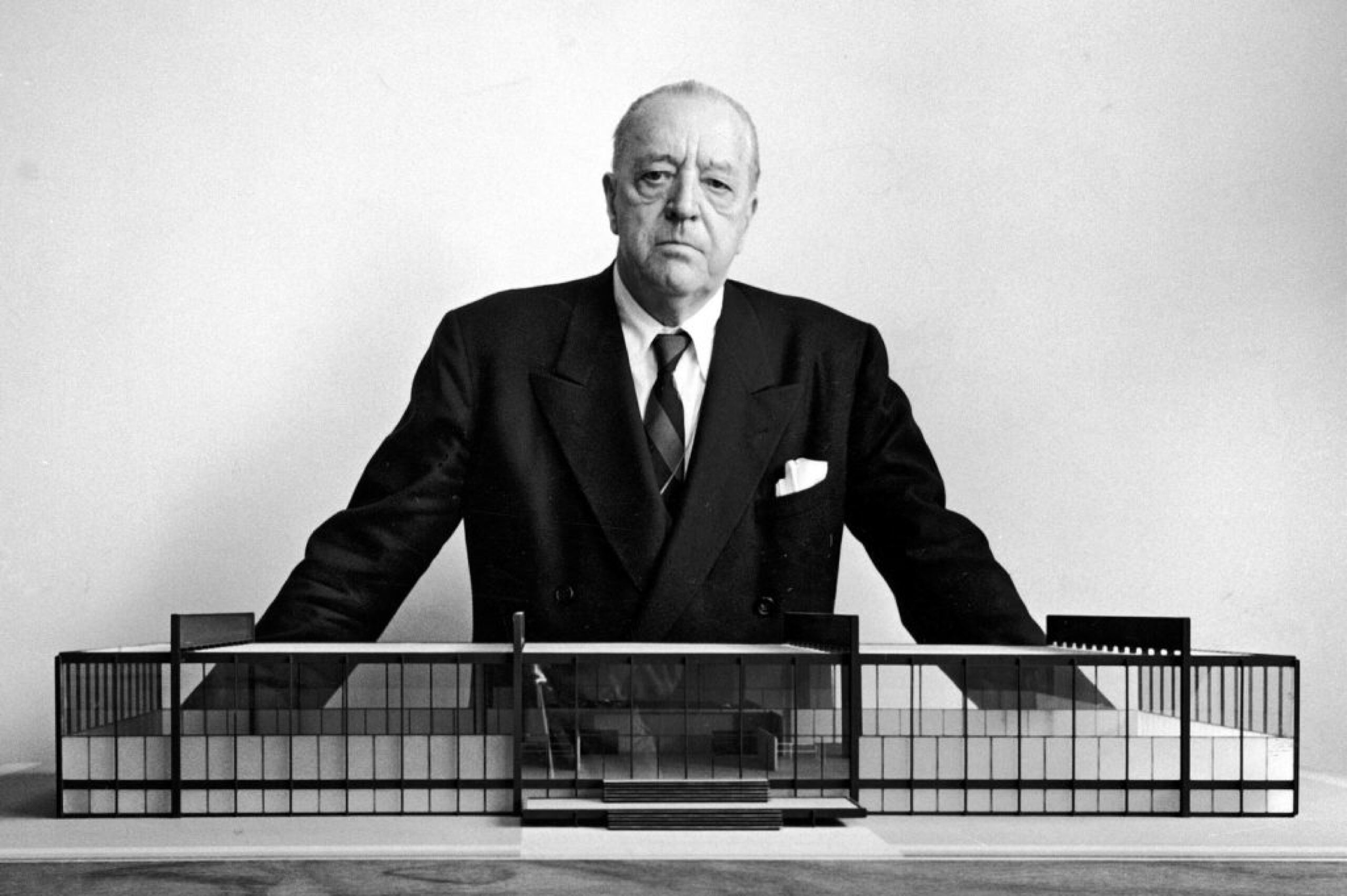March 27 marks the anniversary of Ludwig Mies van der Rohe, one of the most influential architects of the 20th century. His philosophy, built on clarity, simplicity, and material honesty, inspires contemporary architecture. His work embodies a timeless vision that remains as relevant as ever. Here are five key lessons architects today can learn from Mies van der Rohe.
Less is More
Perhaps his most famous principle, “Less is more,” summarizes Mies’ approach to design: stripping away the unnecessary to reveal the essential. His buildings are characterized by clean lines, open floor plans, and an absence of ornamentation. This philosophy encourages architects to prioritize spatial clarity and material integrity, resulting in modern and enduring structures.
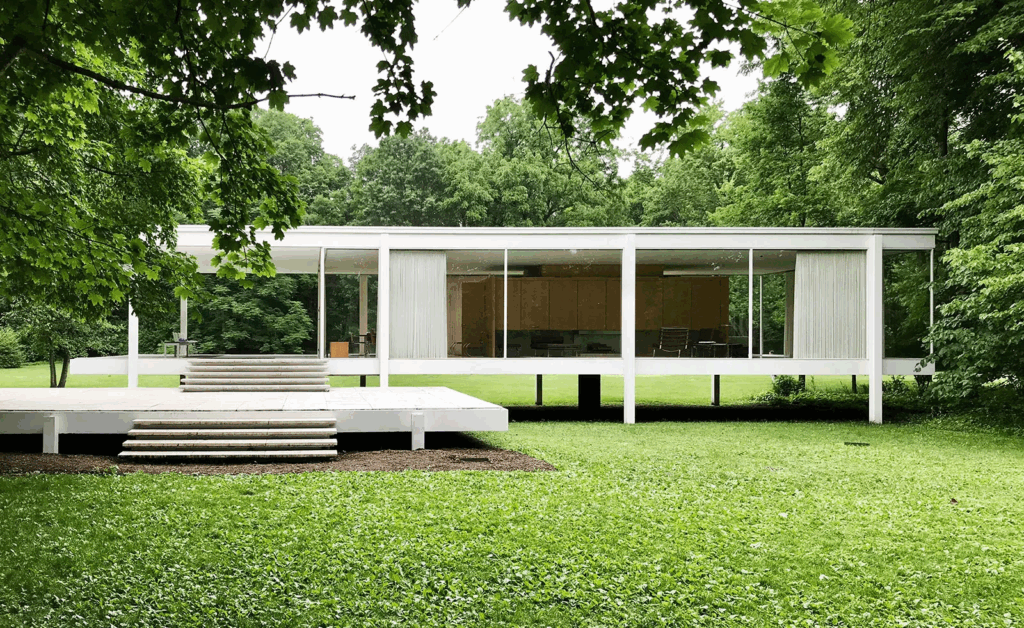
The Farnsworth House / Mies van der Rohe
Honesty in Materials
Mies believed that materials should be celebrated for what they are rather than being disguised. Whether it was steel, glass, or concrete, he used each material to its full potential, allowing its natural properties to define the architecture. This approach reinforces a sense of authenticity and permanence, which inspires today’s architects to embrace material honesty in their projects.
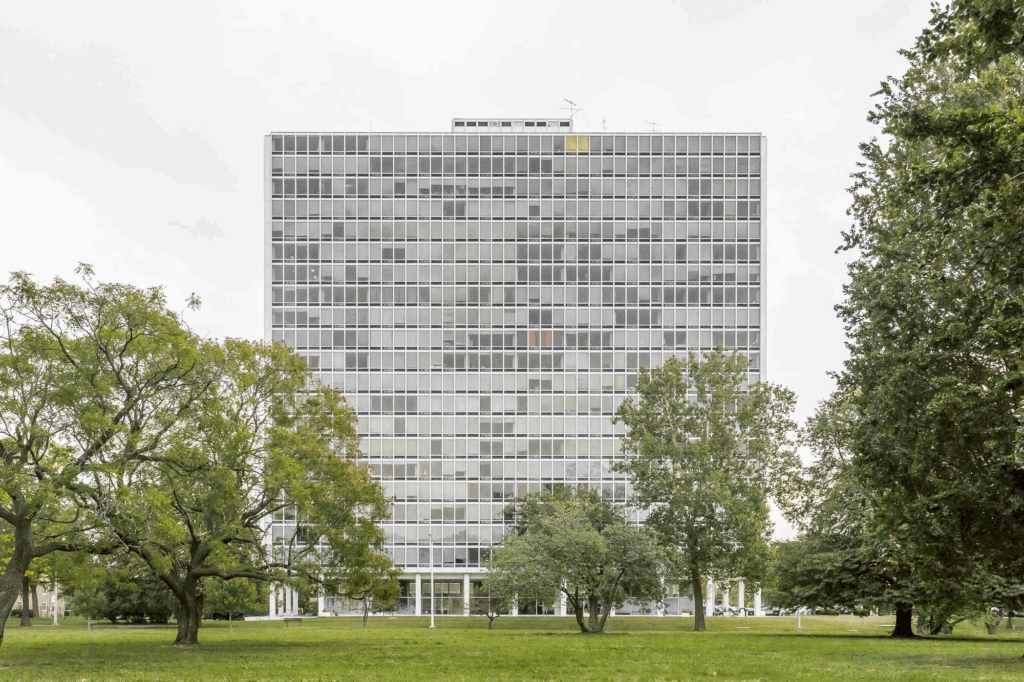
Lafayette Park / Mies van der Rohe
Blurring the Boundary Between Indoors and Outdoors
One of Mies’ most significant contributions to architecture is his seamless integration of indoor and outdoor spaces. Projects like the Farnsworth House demonstrate his mastery of transparency and openness, dissolving the boundary between built and natural environments. This lesson is especially pertinent today, as architects seek to design spaces that enhance well-being by connecting occupants with nature.
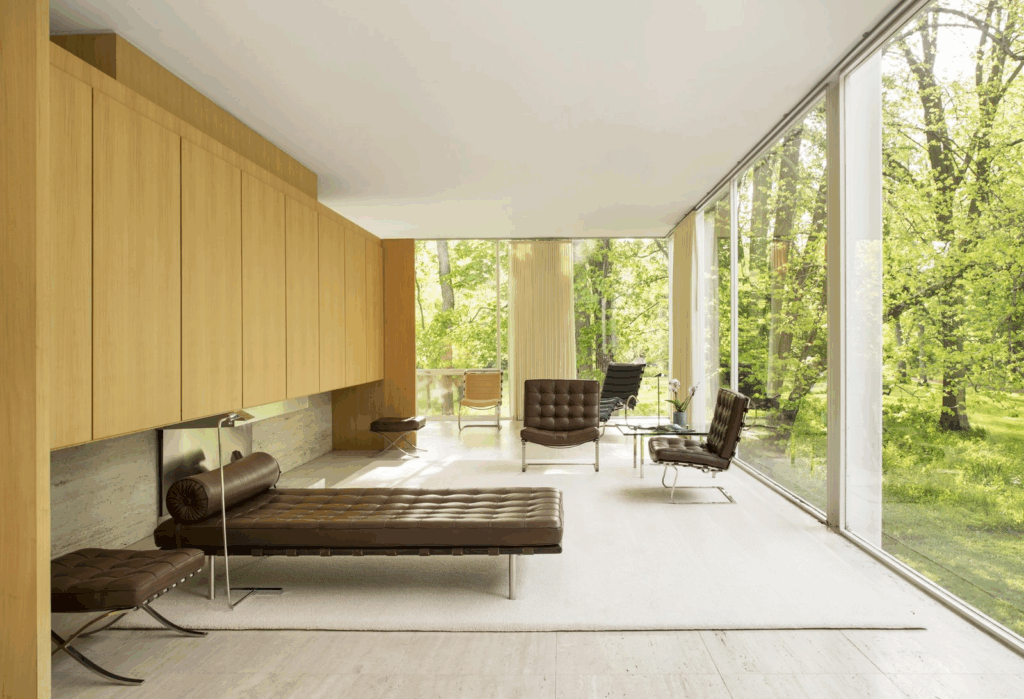
The Farnsworth House / Mies van der Rohe
The Power of Proportion and Precision
Mies was meticulous in his attention to detail, ensuring that every element of his buildings was carefully proportioned and aligned. His mastery of grids, symmetry, and precision created a sense of order and harmony. This discipline remains crucial for architects today, particularly when designing minimalist spaces where every detail is carefully considered.
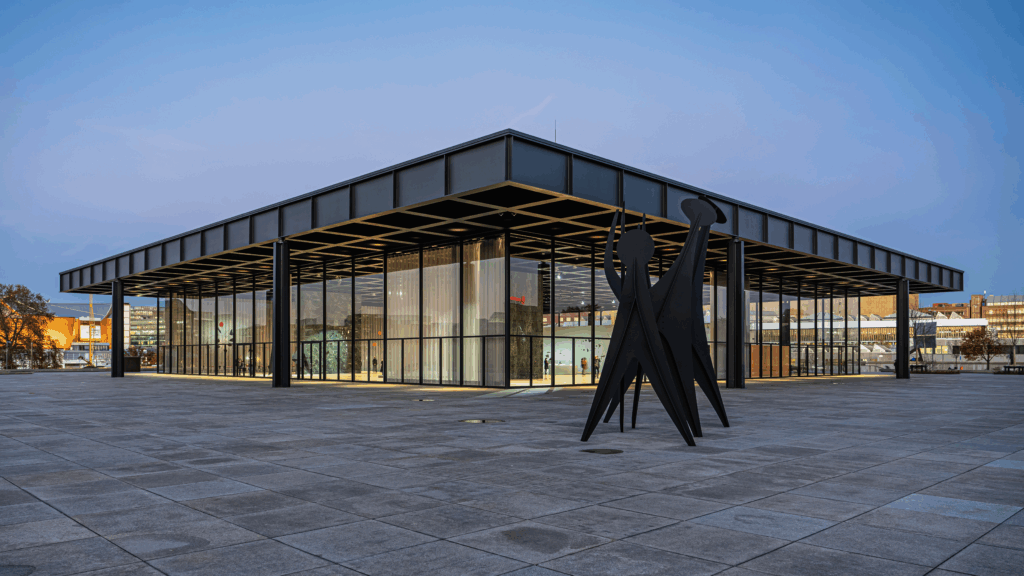
Neue Nationalgalerie / Mies Van der Rohe
Timelessness Through Simplicity
Mies’ designs have an enduring quality because they are rooted in simplicity. His buildings, from the Barcelona Pavilion to the Seagram Building, remain as striking today as they were decades ago. The ability to create architecture that transcends trends is a valuable lesson—by focusing on pure forms, honest materials, and spatial clarity, architects can design structures that stand the test of time.
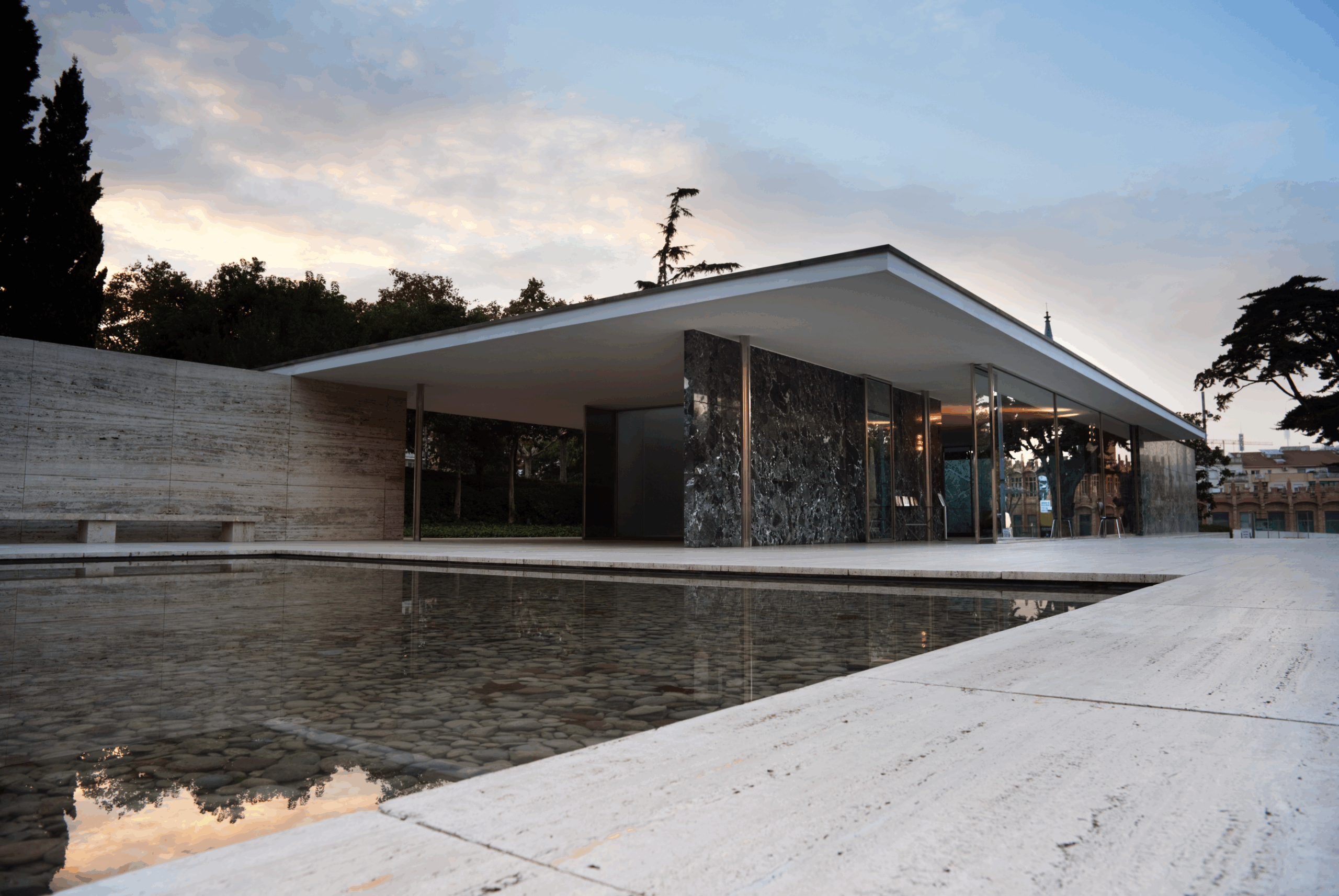
Barcelona Pavilion / Mies van der Rohe
Mies van der Rohe’s principles continue to guide contemporary architects. His vision of simplicity, material integrity, and architectural balance continues to influence design worldwide. As we celebrate his legacy, these lessons remind us that great architecture is not about complexity but about achieving perfection through simplicity.
